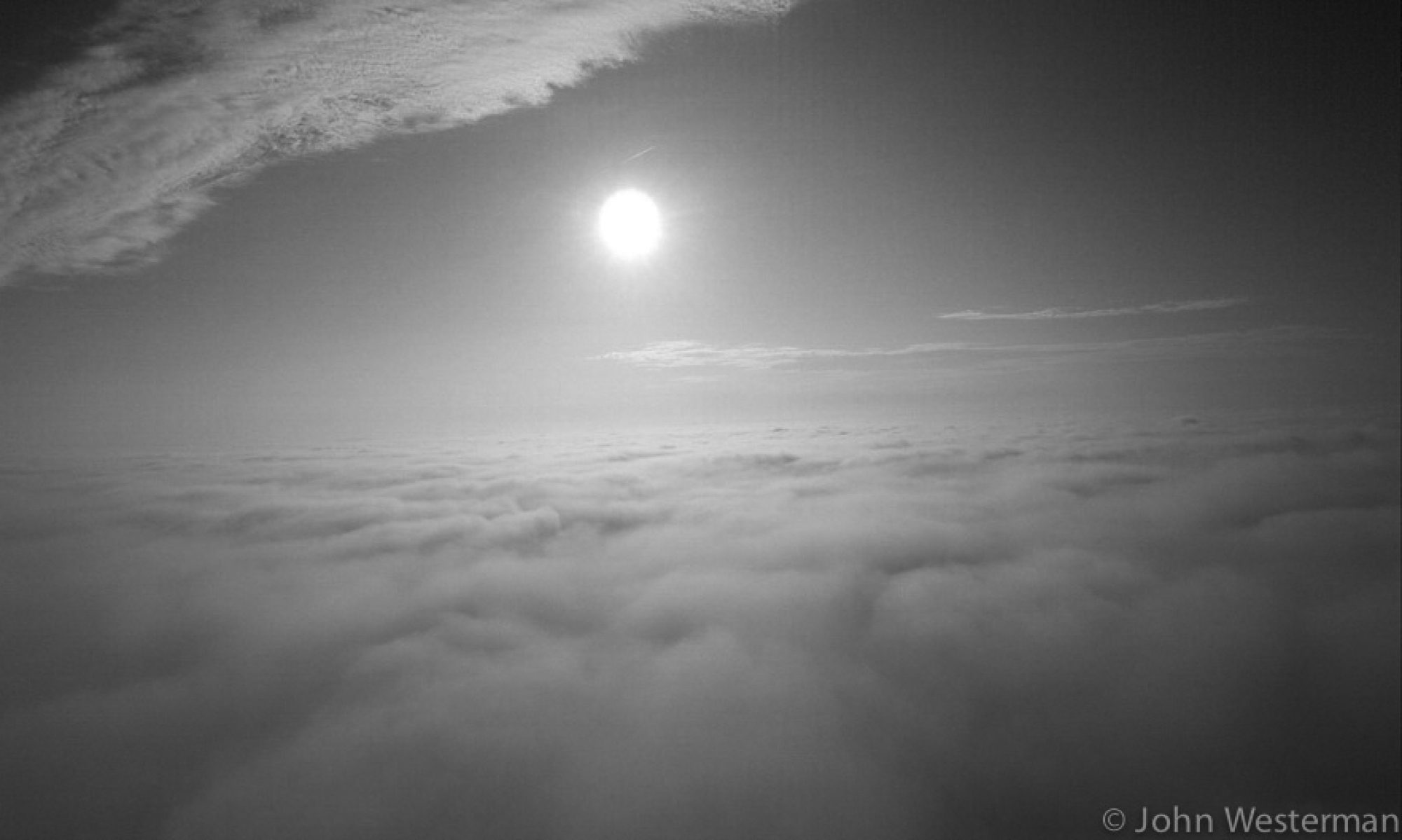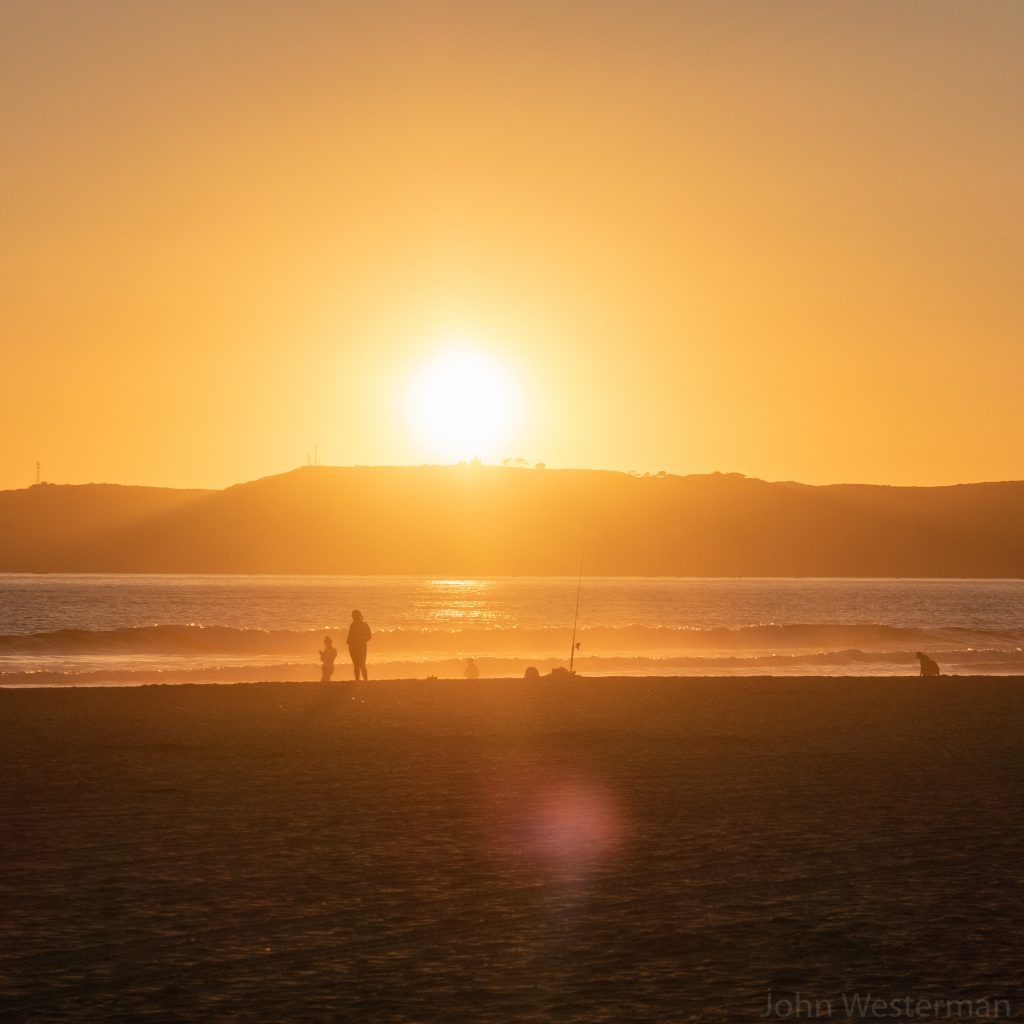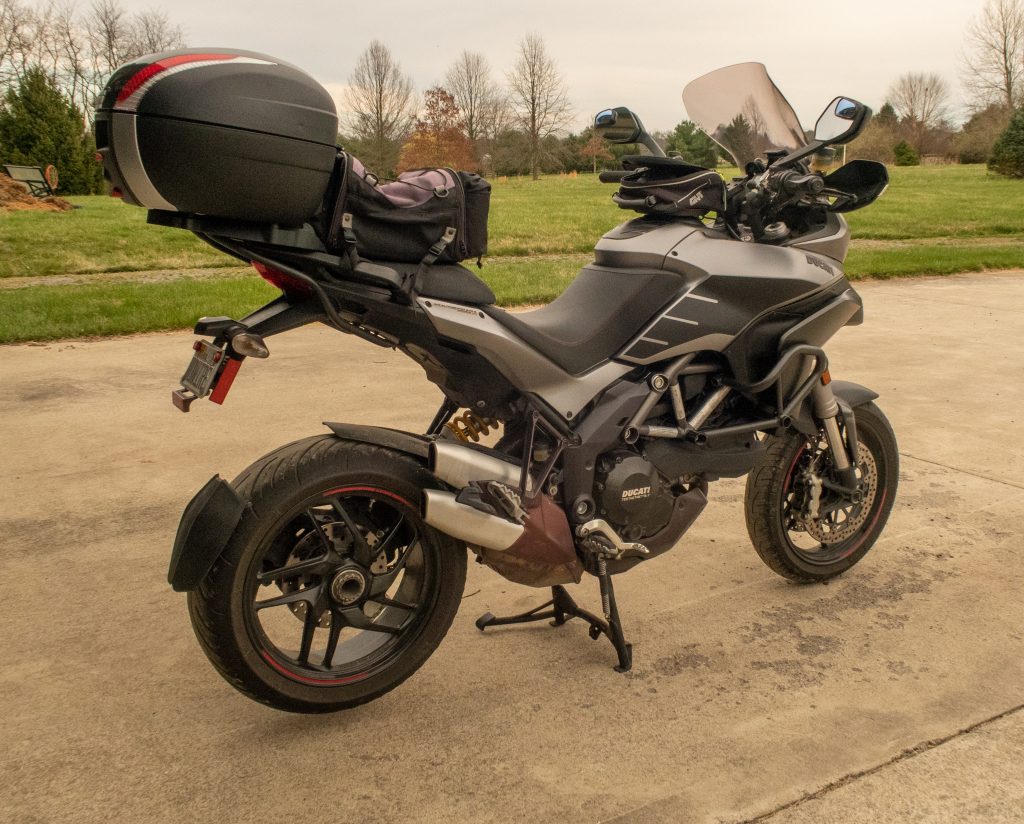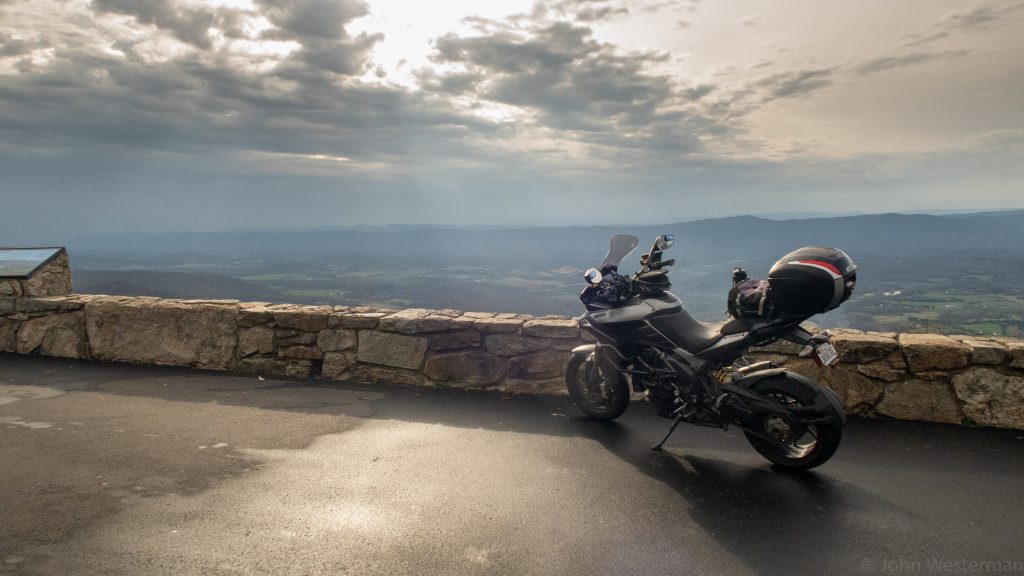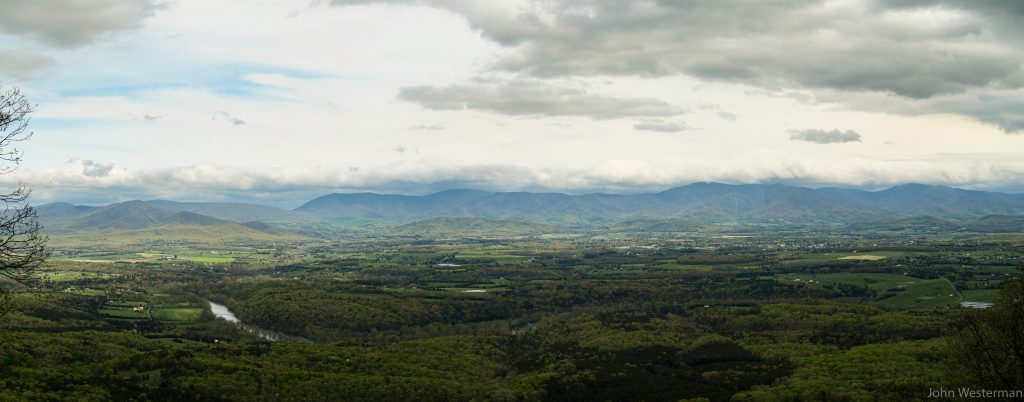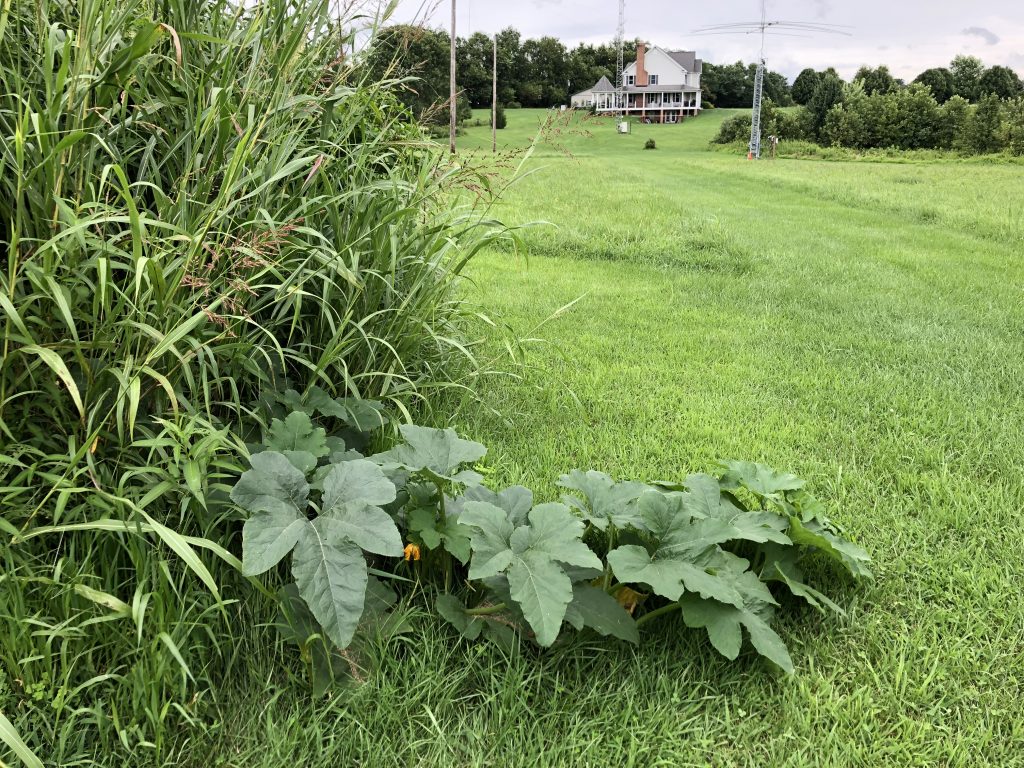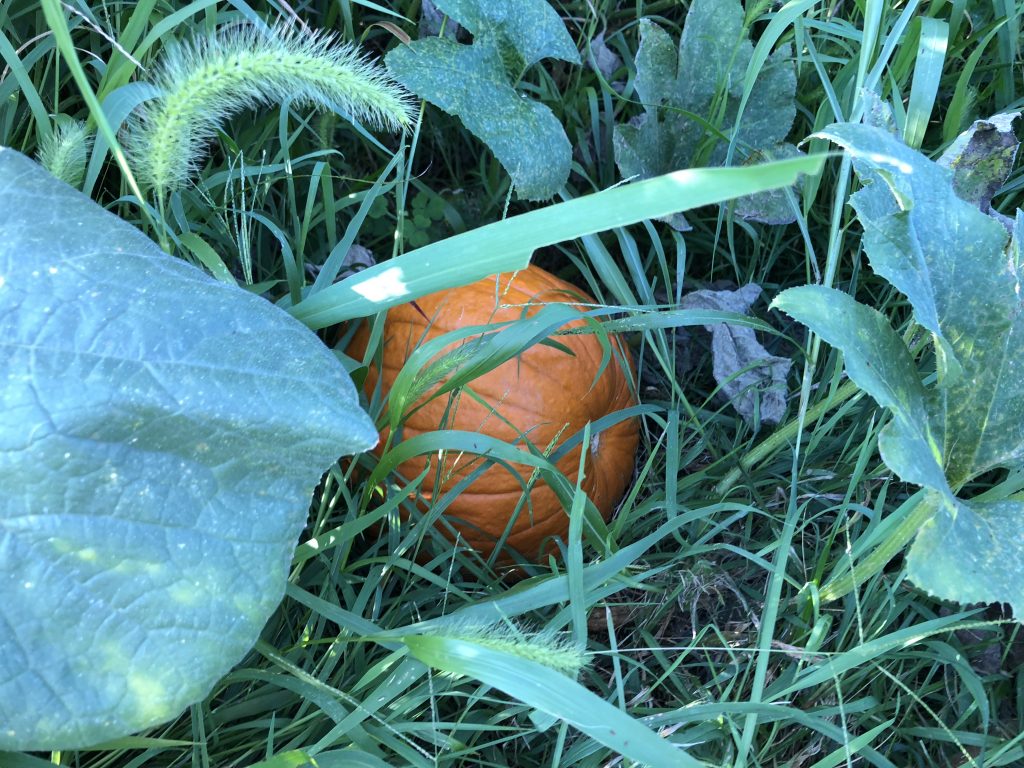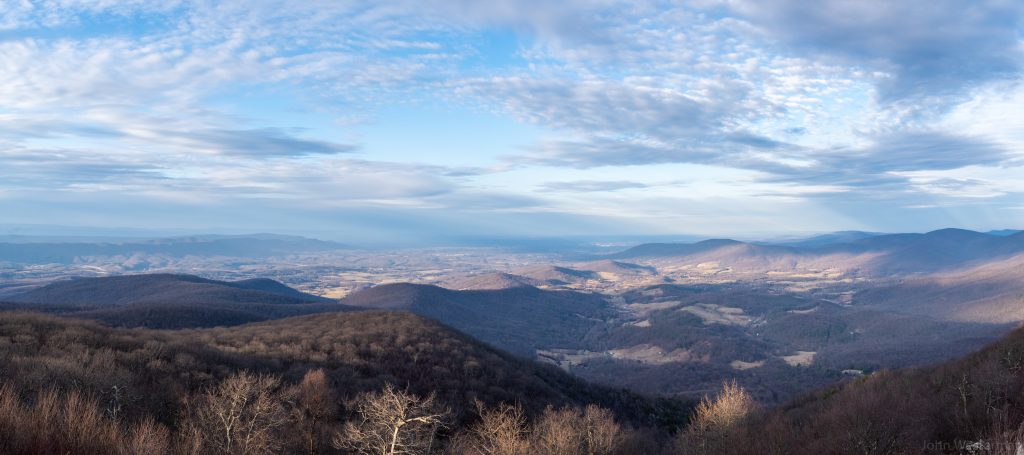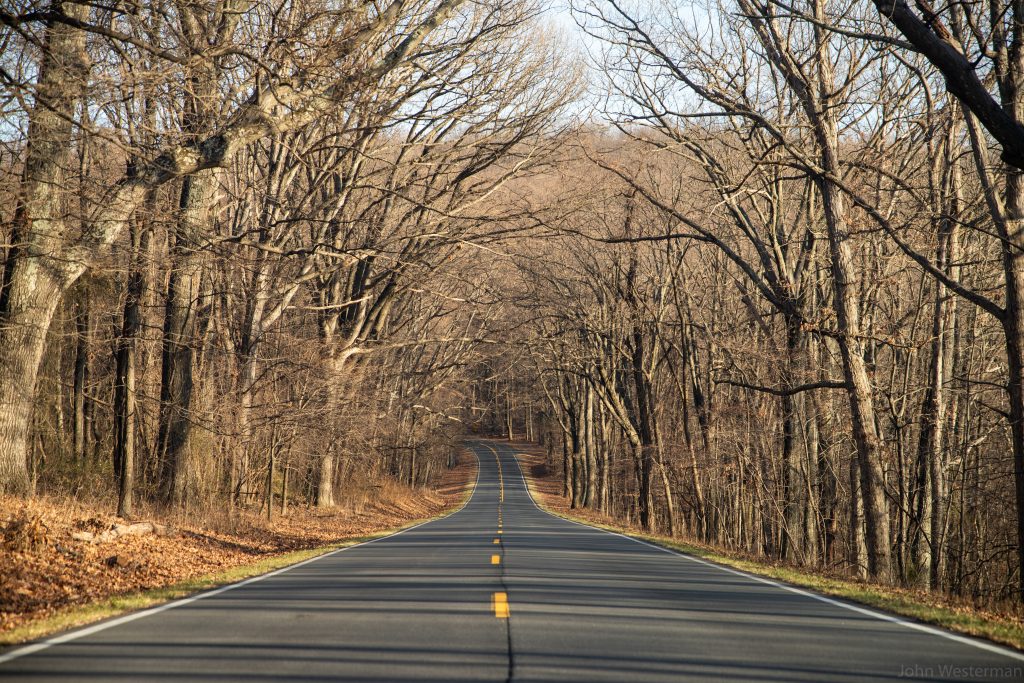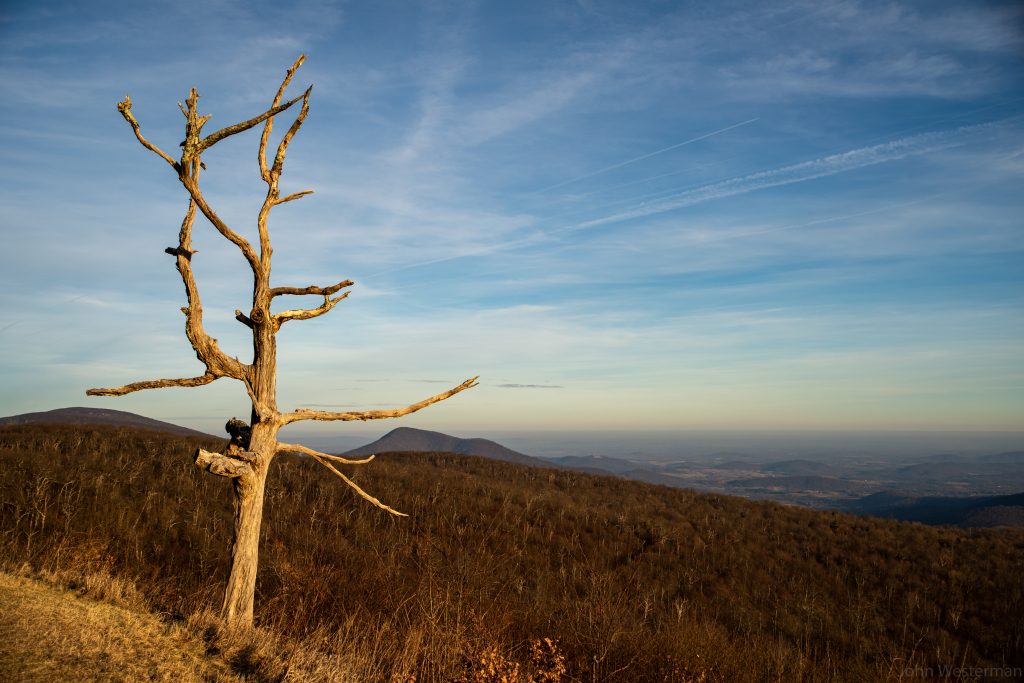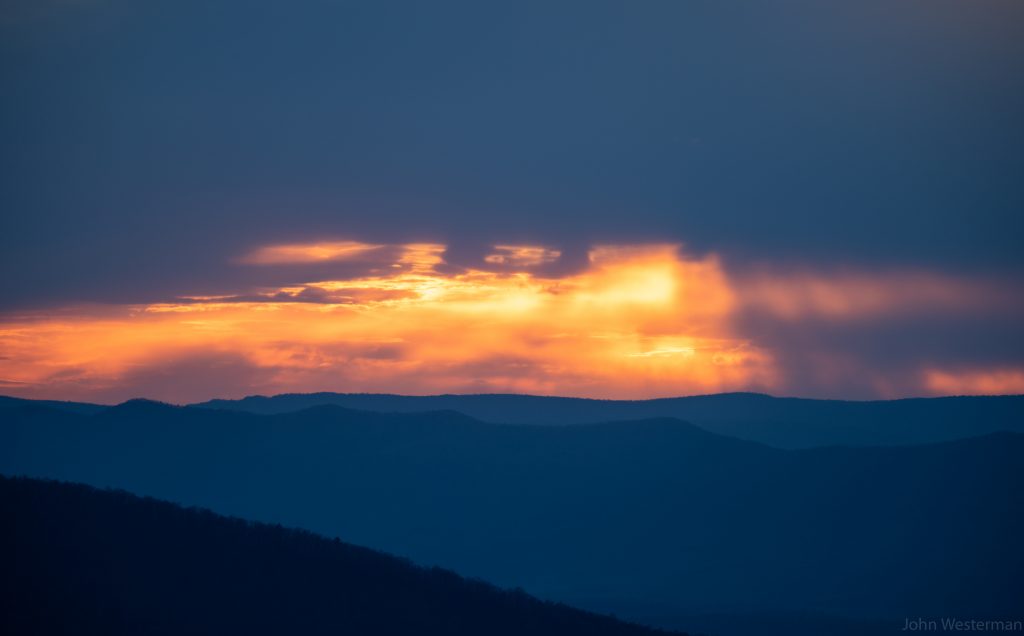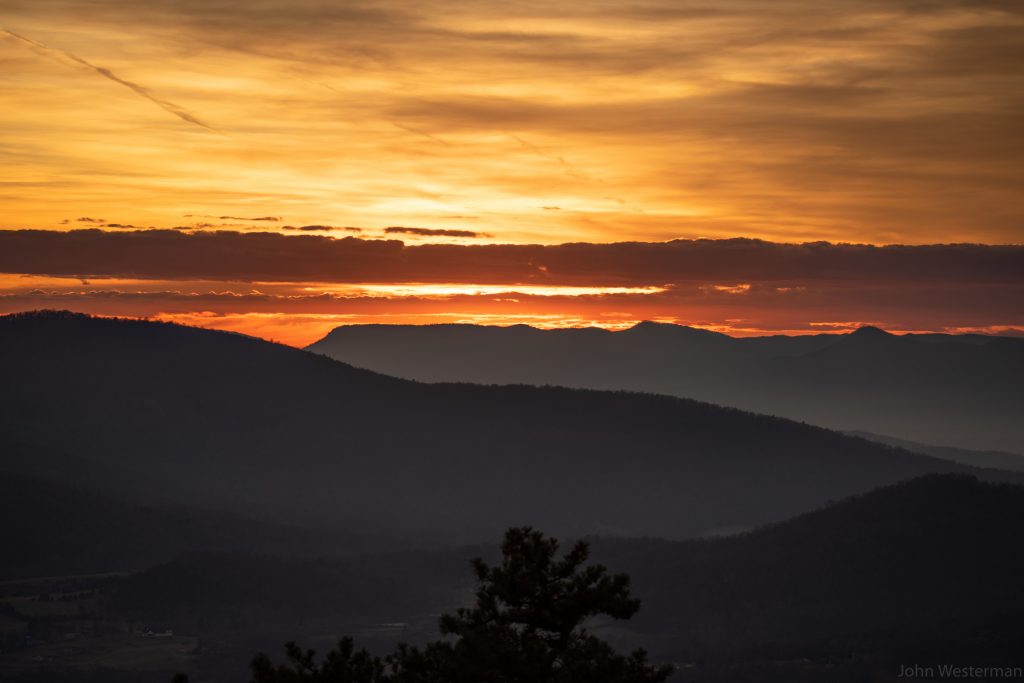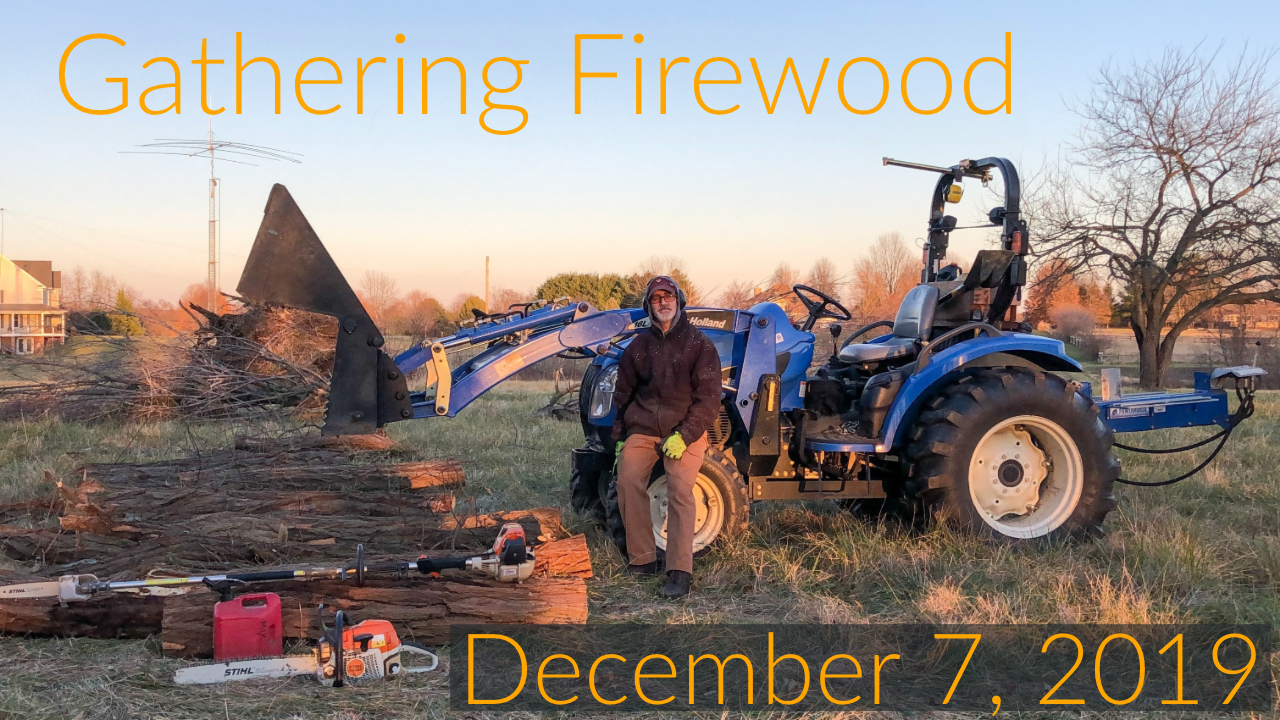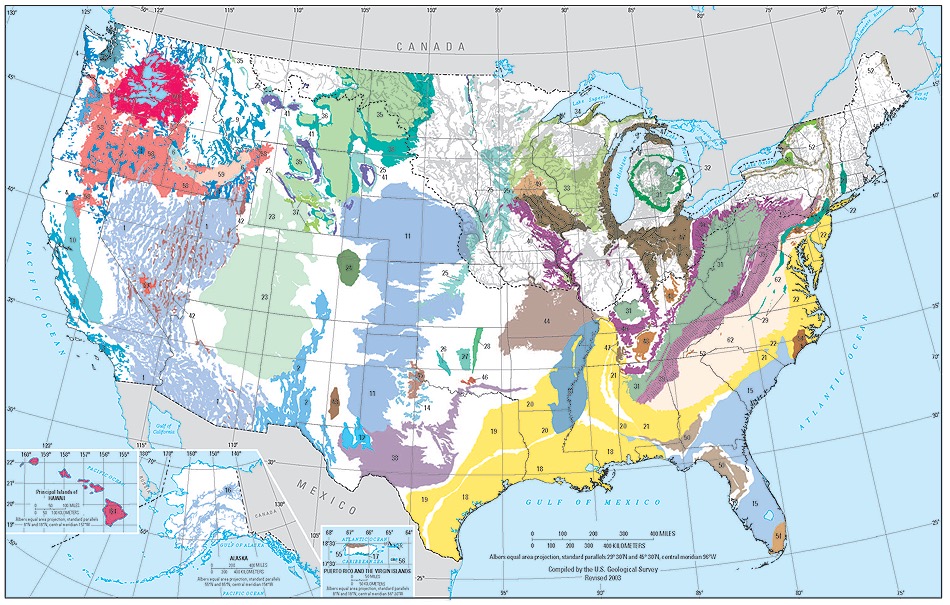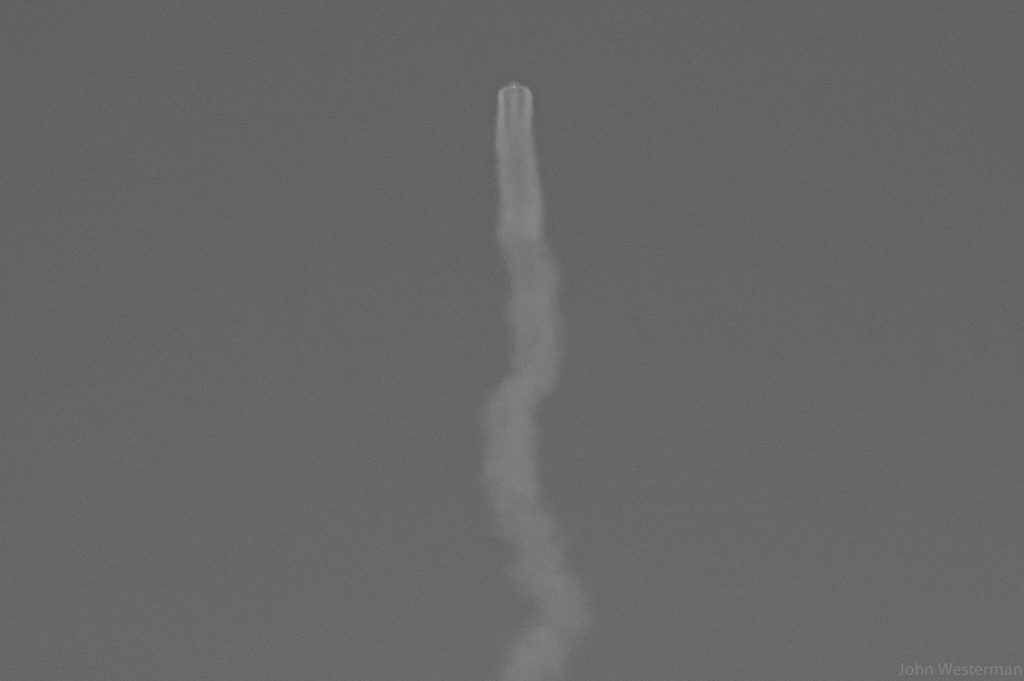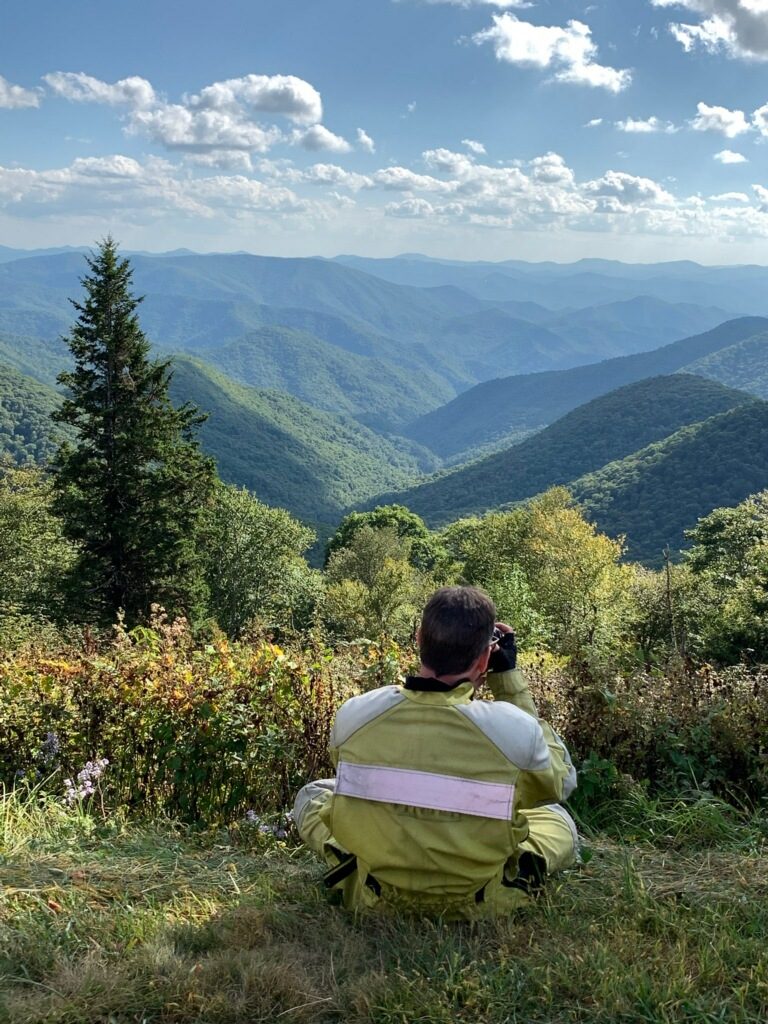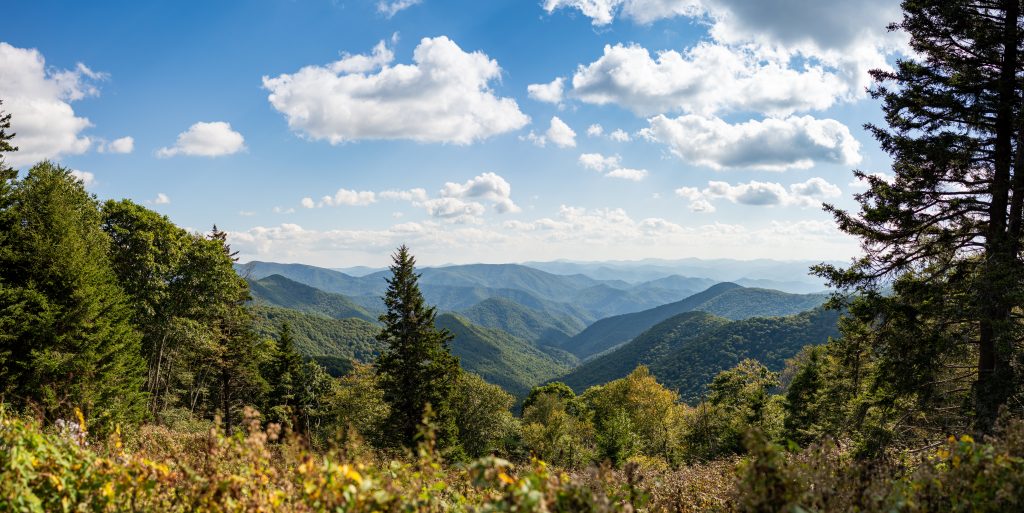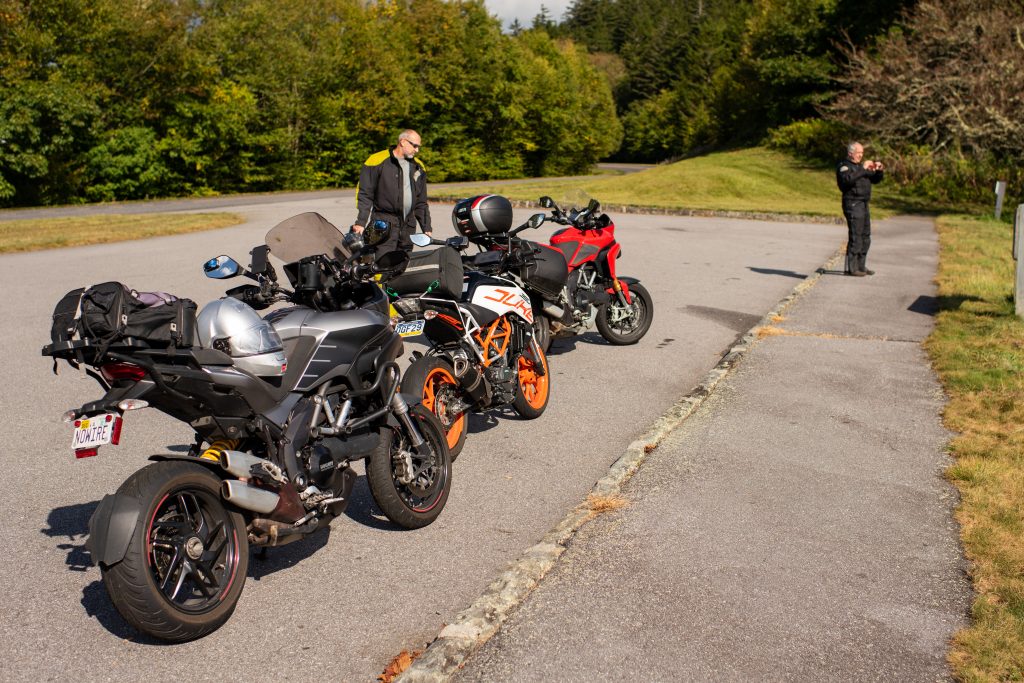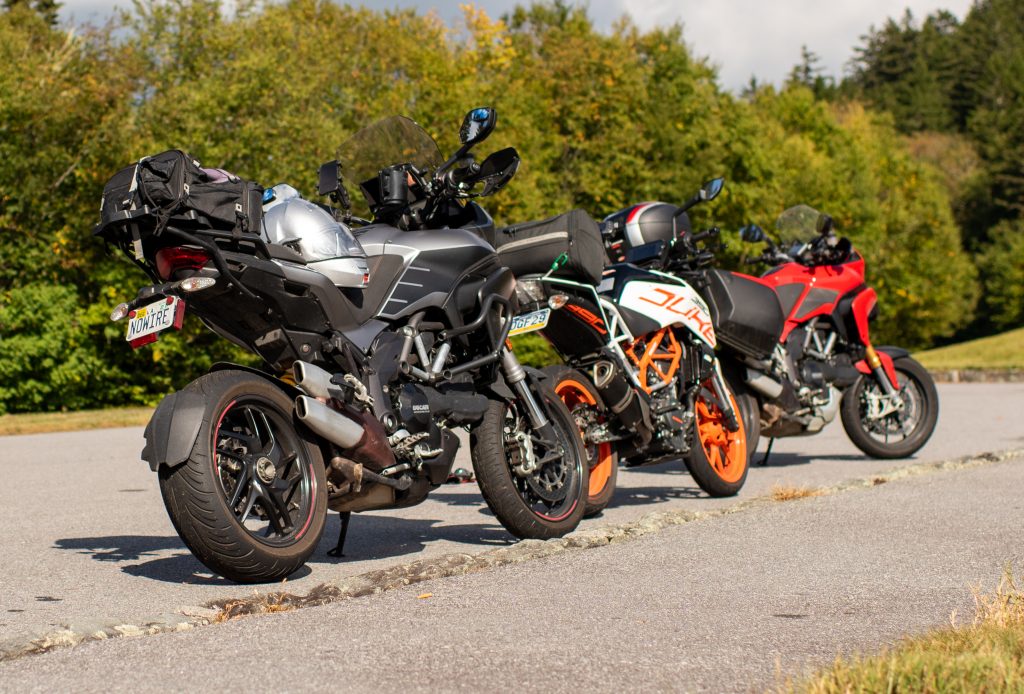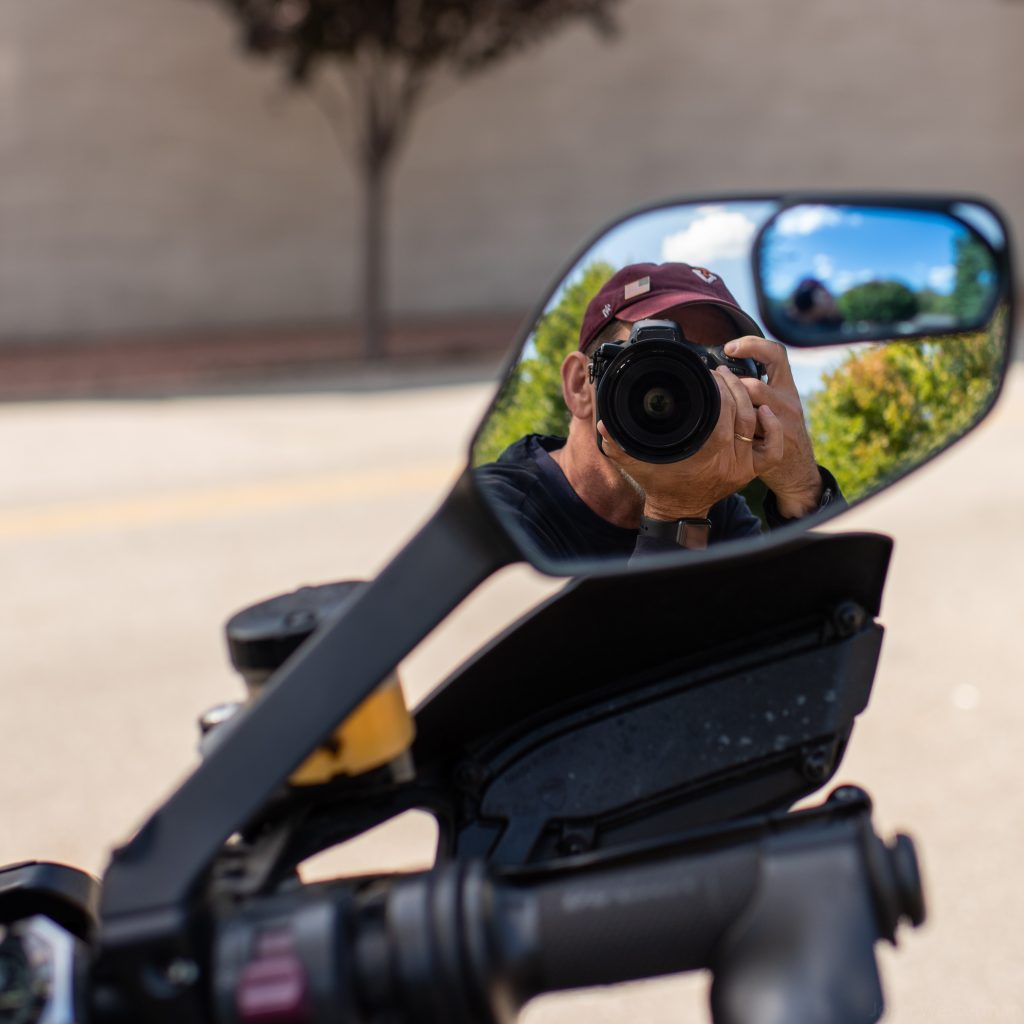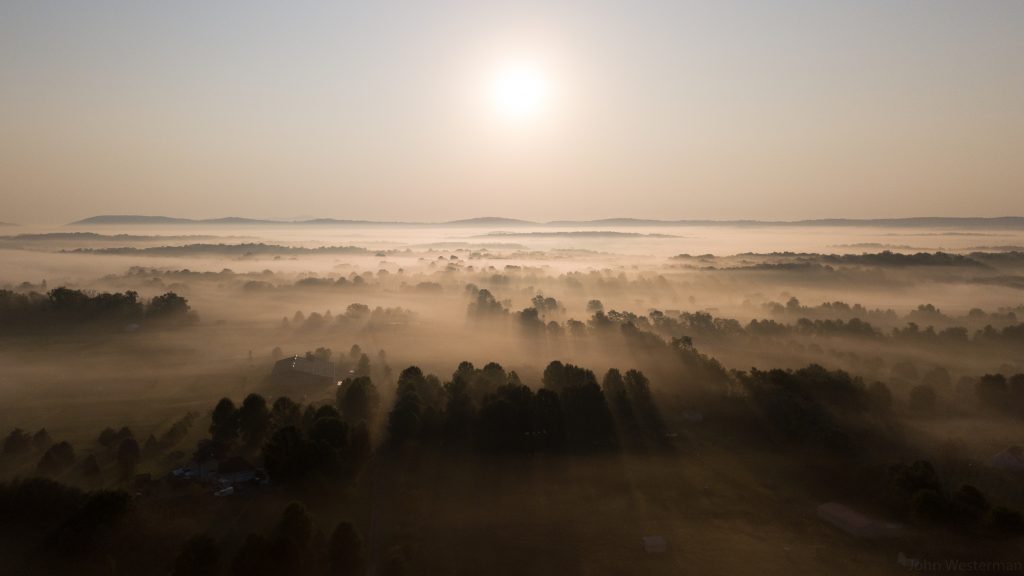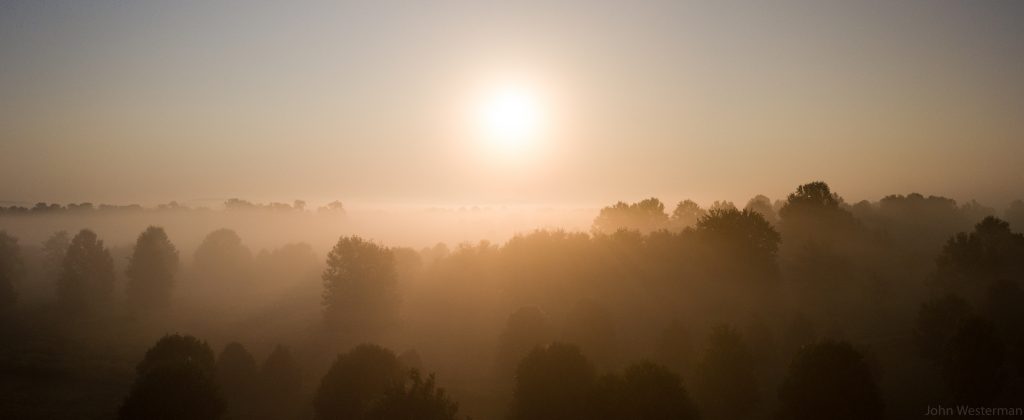Today I was out flying my glider with air so laminar that it appeared from the ground that there was no turbulence. I though, “Hey, I should record this!”
So I land, go inside and get this GoPro Hero 3 sitting on my desk and put some Velcro on the bottom then attached it to my glider as near the CG as I could get it. I had no idea if it would fly well with the camera attached which will no doubt introduce a ton of drag because it is not small at all. Or light.
I was surprised how well it actually flew and even more surprised to see the footage from the GoPro when I got on the ground.
This plane has no FPV (First Person View) optics on it so I fly it 100% by hand and with only visual cues from the ground. From the ground you do not get a sense of how things are going on board the aircraft except from what you can see from the ground. I’ve always wondered what it was like up in the sky with this lumbering old bird.
I call it the pterodactyl because it looks like an old dinosaur. I recovered it from a box that was destined for the trash at the hands of others. I thought that I’d put it back together but it was low on my list of plane priorities. But one day I did put it back together, added a motor, motor controller, radios, servos and the like and got it back in the air. It’s one of my favorites now.
It’s a circa 1970 balsa glider that was designed to be launched with a rubber band from the ground then flown into the thermals from there. It was only designed to be turned with rudder and elevator. I added ailerons to the wings as well which gives me much more control of the large wing it has.
This video is pieces of a 10 minute flight. I cut out a ton of it so it wasn’t so boring.
I hope you’re having a nice day!
Take care.
